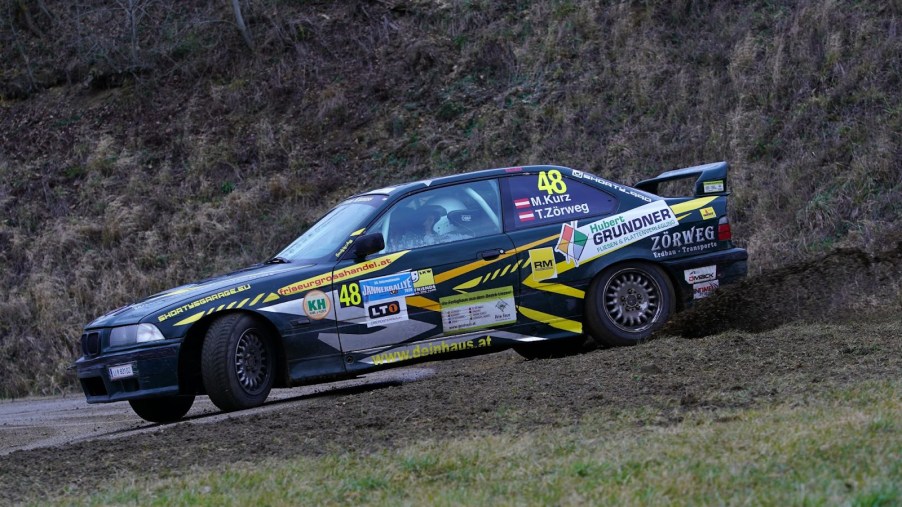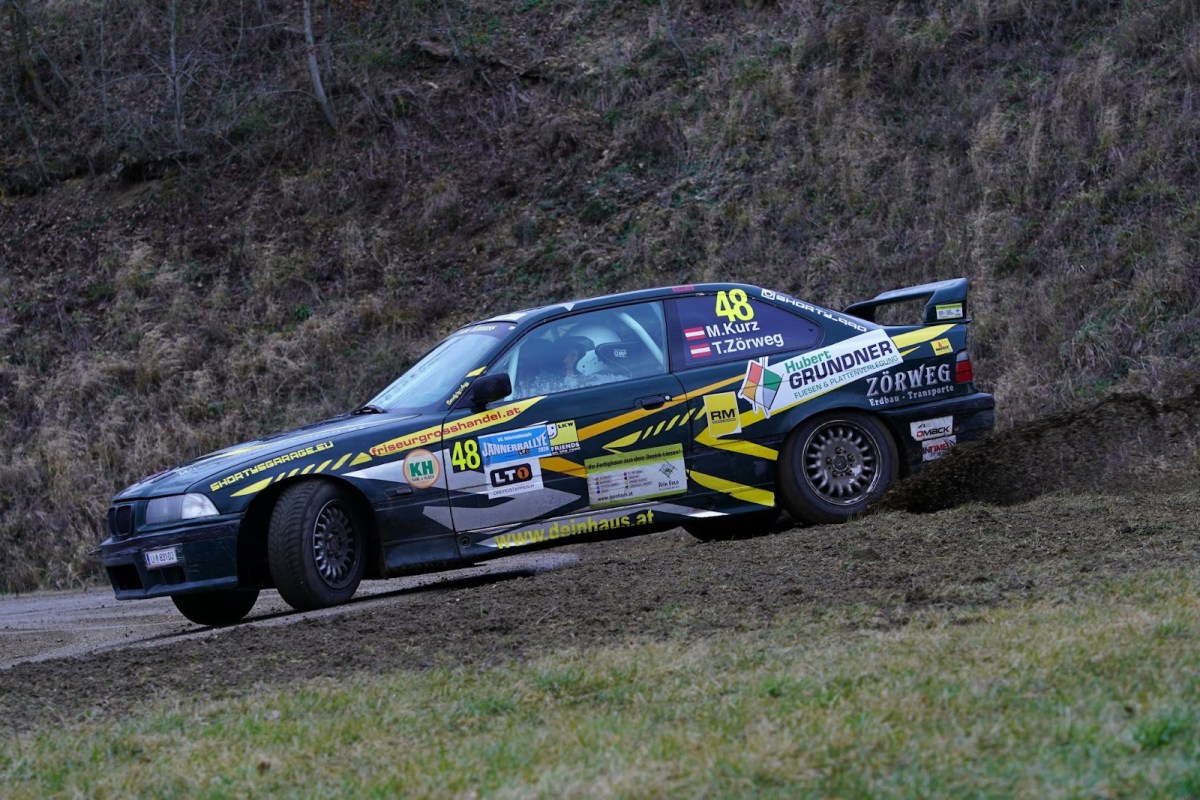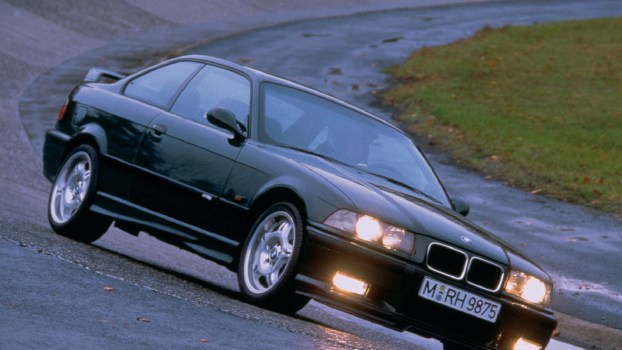
How the E36 Saved the BMW M3 in America
Given its legendary status today, it’s hard to believe that there was once a time that the BMW M3 was considered a failure in America. In reality, the original BMW M3 wasn’t all that successful, but the second-generation model turned things around. To understand the M3’s history, the E36 M3 is the place to start.

The original M3 was a difficult sell
Today, E30 M3 models can sell for upwards of six figures if they’re in good condition. When the car was new, though, they sat on dealer lots for years. U.S. dealerships had such a hard time selling the original M3 that even steep discounts couldn’t convince Americans to buy one.
The hopped-up version of BMW’s 3 Series was supposed to be an improvement over the original car. And while its handling was an upgrade, the engine was too rough around the edges to have a wide appeal.
Furthermore, the original M3 carried a hefty price premium over the more enjoyable base cars, meaning it was trying to hit a narrow window of buyers that had plenty of better-established sports car options on the table.
In all, these challenges almost doomed the entire M3 concept, and when the second-gen M3 was floated to BMW North America, the answer was a near-universal “No, thank you.”
The E36 M3 took a different approach
Even BMW base camp in Germany knew that the original M3 had some challenges when compared to the standard 3 Series. For the second iteration, they took a new approach to creating a sport luxury car.
In this new M3 sat a new inline-six engine that offered both more power and more refinement than the standard 3 Series it was based on. Better yet, the M-engineered suspension was a revelation, delivering sublime handling while keeping the ride comfortable enough. Globally, the second-gen M3 was a hit. But based on challenges from selling the first model, American dealers weren’t quite as enthusiastic.
The U.S. Market M3 needed some changes

BMW North America so resisted the arrival of a second-generation M3 that the E36 almost didn’t make it to U.S. shores at all. That is until Bob Roemer got involved. As the editor of the BMW Car Club of America, he encouraged BMW enthusiasts to send a letter to BMW North America indicating that they wanted the car. However, there was a catch.
While most said they’d be excited for the E36 M3 to come to America, they also indicated that the car would have to carry the right price. Considering the brilliant engine that sat under the hood of the new M3, that was going to be a challenge.
The S50B30 engine that made the E36 M3 so beloved was expensive to both engineer and produce. That meant that any car with that engine would have to cost upwards of $50,000. In 1992, that was a big ask, especially when the standard 3 Series models sold for under $30,000.
To make the E36 M3 work stateside, BMW reverted to the base six-cylinder engine from the 325i. Given a higher displacement and more aggressive cam profile, the U.S. M3 made 240 horsepower and 225 pound-feet of torque. Those figures were behind the E36 models in the rest of the world, but it didn’t matter. BMW hit its price target and the second-gen M3 sold like hotcakes.
Award-winning and legacy building
Not only did buyers love the E36 M3, but it won all sorts of awards from the likes of Car and Driver, Automobile Magazine, and more. Beating legendary models like the Toyota Supra, Acura NSX, Ferrari F355, and more meant that the M3 was finally a success.
Today, it’s unimaginable to think that BMW would stop making the M3. But in the 1990s, that reality almost came true and deprived us of generations of driving joy.




